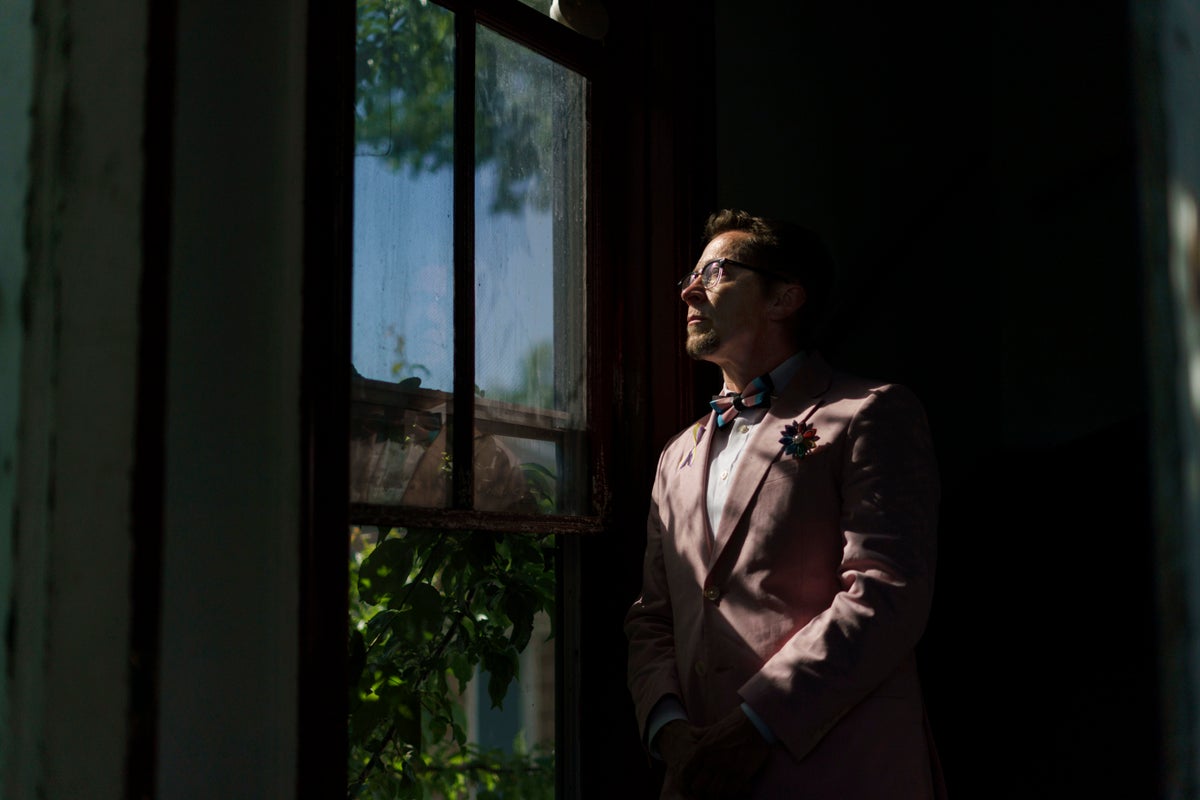
RIDG 201-209 and JR101-103 are set for time release at 8 am Saturday morning.
The 2020 census questionnaire drove Scout crazy. With no direct questions about sexual orientation and gender identity, it made him feel left out of the U.S. head count.
Among LGBTQ people, the census only asked about same-sex couples living together, and Scout didn’t live with his partner. So to compensate, he hounded his gay, cohabiting neighbors in Providence, Rhode Island to respond and provide at least some visibility for the community.
“I was stalking them to fill out the census form because mine didn’t make a difference,” said Scout, a transgender man who uses one name. “There’s no question I’m absolutely made invisible by the census.”
This could change soon. Recognizing the difficulty of persuading people to reveal information many find sensitive, the U.S. Census Bureau is requesting millions of dollars to study how best to ask about sexual orientation and gender identity. The results could provide much better data about the LGBTQ population nationwide at a time when views about sexual orientation and gender identity are evolving.
“Change is in the air,” said Kerith Conron, research director at the UCLA School of Law's Williams Institute, which researches these issues. “It's exciting."
The Census Bureau's request comes as President Joe Biden declared June as LGBTQ “Pride Month," and as U.S. passports now offer an “X” in addition to “M” or “F”, for non-binary or intersex individuals. It is taking place as some Republican-dominated state legislatures restrict what can be discussed about sexual orientation and gender identity in schools and banned transgender girls from competing in girls' sports.
“We are seeing that numbers matter when politicians are demeaning and conducting culture wars against people,” said Gina Duncan, a transgender woman who advocates in Orlando with Equality Florida.
As the nation's largest statistical agency, the bureau sets an example for how other agencies and businesses ask these questions, she noted.
The most common terms used for sexual orientation are lesbian, gay, bisexual or straight. Gender norms are typically understood as male, female, both or neither.
The $10 million would be spent over several years to fund Census Bureau field tests of different wording and placement of questions that would appear on its annual American Community Survey.
The bureau is particularly interested in examining how answers are provided by “proxies” such as a parent, spouse or someone else in a household who isn't the person about whom the question is being asked.
Other federal agencies already ask about sexual orientation, primarily in health surveys conducted by trained interviewers with respondents answering for themselves. The much more widely circulated Census Bureau surveys tend to rely on proxies more.
Wording and design matter since they can affect accuracy.
A confusing layout on the 2010 census form led some census takers to misreport the genders of opposite-sex couples, falsely inflating the number of same-sex households. Studies also have shown that some transgender people are more likely to leave gender questions blank or check both “male" and “female."
Some respondents might not want to share such personal information, or may be unsure of how to answer. And some proxies might not know the sexual orientation and gender identity of everyone in their household. In places like New Zealand and the United Kingdom, surveys don't allow proxy reporting for sexual orientation questions because of concerns about accuracy and confidentiality.
The federal statistical system currently is unable to provide high-quality information about sexual and gender minorities without improving and expanding data gathering on this topic, the Census Bureau said in its 2023 budget submission.
“This research can help us measure the growing and diverse LGBTQ population in the United States," a Census Bureau statement said.
Next week, the House Committee on Oversight and Reform is discussing legislation that would require data on sexual orientation and gender identity to be collected voluntarily in federal surveys.
Federal data collection traditionally has treated sexual orientation and gender identity as binary — gay or straight, male or female — but this can mask greater complexities and wide-ranging identities, according to a report the National Academies of Sciences, Medicine and Engineering released this spring.
The once-a-decade census, the yearly American Community Survey and the annual Current Population Survey now allow same-sex couples a chance to answer if they are in a marriage or domestic partnership. But that omits LGBTQ people who are single or not living in the same household with their partner, and for the gender question, “male" and “female" are the only options.
Because the same-sex response is limited to individuals living together, it captures only a fifth of the nation's LGBTQ population, Conron said.
Only the bureau's online Household Pulse Survey, created at the start of the coronavirus pandemic, includes “transgender" and “none of these" alongside the “male" and “female" options. It also allows respondents to identify as gay, straight, bisexual, “something else” and “I don't know." However, the Household Pulse Survey is categorized as experimental and may not meet some of the bureau's statistical quality standards.
Other nations that already ask about sexual orientation in their data collection include Australia, Canada, New Zealand and the countries of the United Kingdom.
A report from a working group of U.S. agencies recommends that sexual orientation be asked separately from gender identity and that language used for older adults be tweaked when asking teens questions, since their preferred terminologies, like “queer,” may be different. Cultural, regional and language differences also must be considered. Some Native Americans may identify as “two-spirit” rather than gay or bisexual, and in Spanish, “heterosexual” was found to reduce confusion over “straight, that is, not gay” which doesn’t translate directly, the report said.
“Each new generation is more diverse in its sexuality and gender,” Duncan said. “The Census Bureau should stay up to date with that evolution.”






